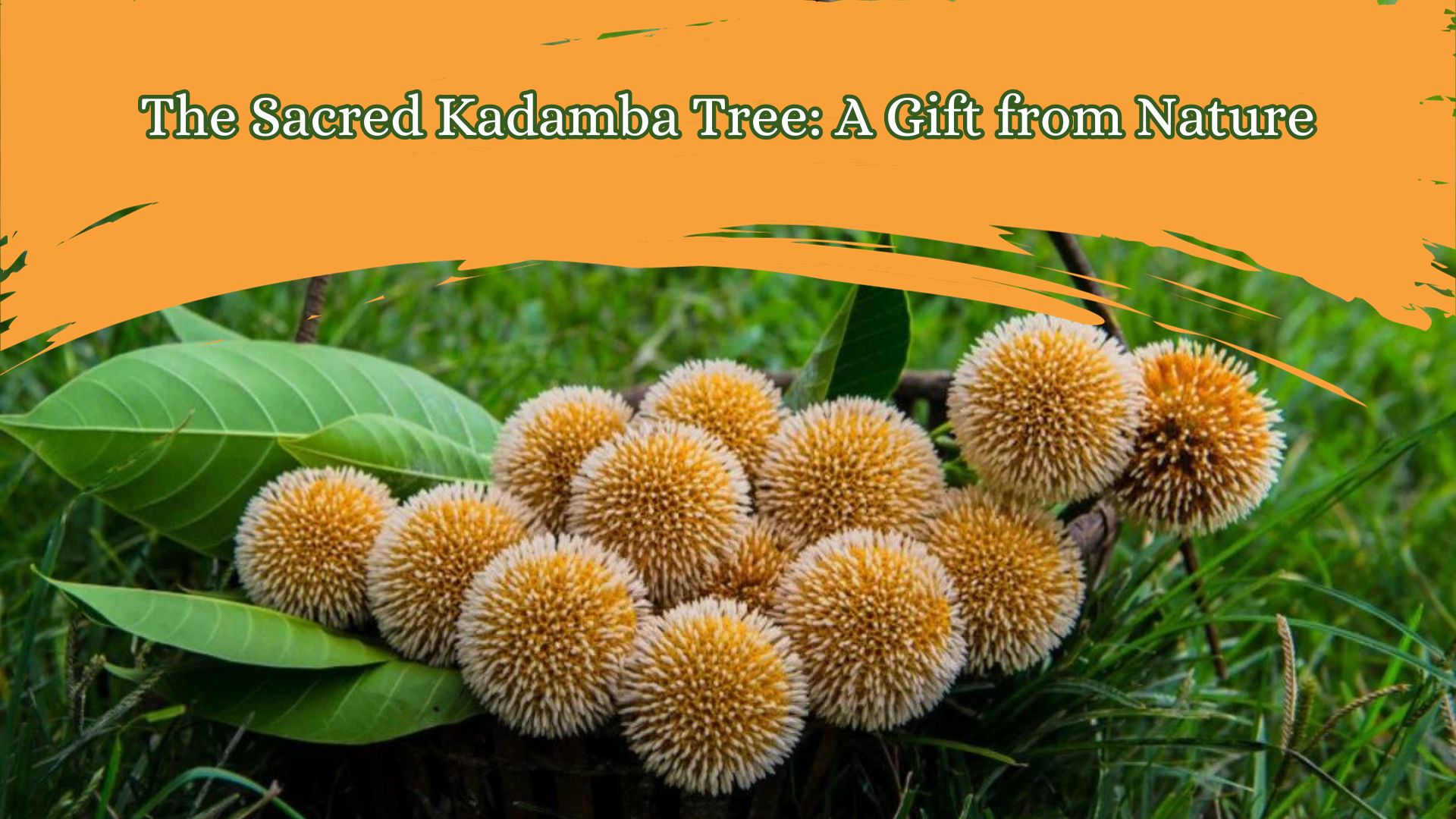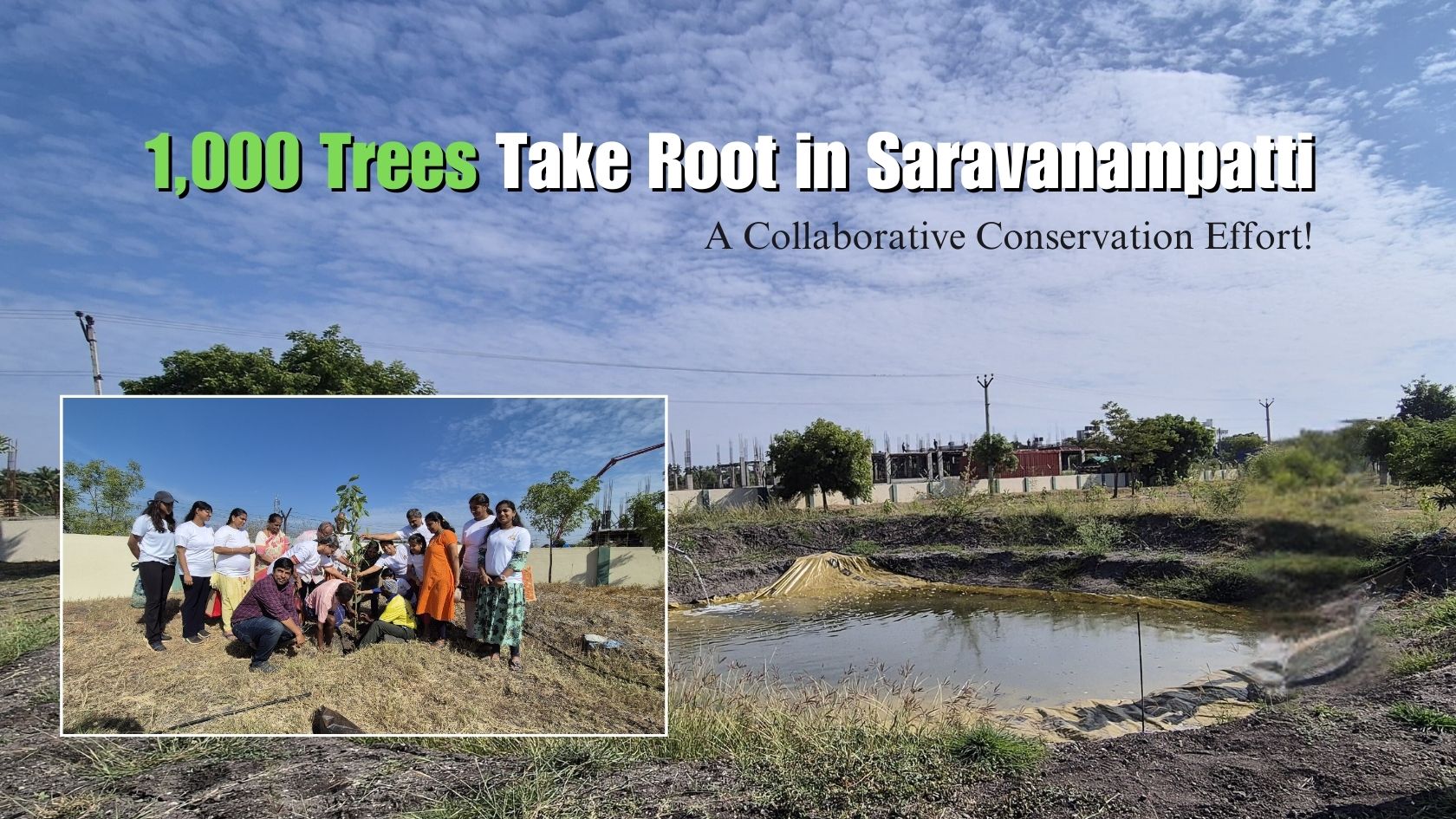
In the heart of India, there exists a tree, the Kadamba, which holds a special place in the spiritual and cultural landscape of the country. This article explores the Kadamba tree from the lens of Indian heritage, discussing its roles in legends, rituals, healing, and its broader significance in our lives.
The Kadamba tree finds itself interwoven with Hindu culture. It is closely associated with Lord Krishna, known for his love of Kadamba flowers. The gopis from Vrindavan used to adorn their hair with these fragrant blossoms, and Lord Krishna cherished them. The Kadamba tree represents love and devotion in the divine context. Moreover, the Kadamba tree is considered to be the divine abode of Goddess Radha, who is a symbol of pure love and devotion. Devotees often seek her blessings beneath the Kadamba's comforting shade.
Sacred Sites and Temples:
Kadamba trees can be found in various parts of India, with Vrindavan being a prominent hub. The Kadamba Van in Vrindavan is considered sacred, believed to be a place where Lord Krishna played with the gopis beneath the Kadamba trees. Pilgrims flock to this holy site, seeking a deeper connection with the divine through the Kadamba's embrace.
In temples dedicated to Lord Krishna and Radha, you'll often find Kadamba trees standing tall in the courtyards. Adorned with vibrant flowers, they serve as centers of devotion and meditation.
The Healing Touch:
The Kadamba tree offers more than just spiritual solace; it's a treasure trove of medicinal properties, too. Ayurvedic medicine, with its ancient wisdom, has harnessed these properties for centuries:
Anti-inflammatory Magic: The tree's bark and leaves possess anti-inflammatory powers, bringing relief to conditions like arthritis.
Fever Fighter: It's also used to lower fevers and ease the discomfort of illnesses.
Nature's Antioxidants: The Kadamba tree's antioxidant compounds help safeguard the body from oxidative stress, keeping our cells healthy.
Aid for Digestion: Kadamba leaves are known to improve digestion and alleviate tummy troubles.
Healing Balm: A paste made from the tree's bark is a go-to for wound healing.
These properties underscore the ancient Indian wisdom in using nature to nurture our well-being.
Cultural and Environmental Gems:
The Kadamba tree isn't just a spiritual and healing marvel. It also has a vital role to play in our environment and culture. Its generous canopy offers soothing shade, making it a preferred choice in parks and gardens. Moreover, it supports a thriving ecosystem of birds and insects, contributing to biodiversity conservation.
In Indian culture, the Kadamba tree is a reminder of the inseparable link between the divine, the natural world, and humanity. Its presence in temple courtyards and sacred groves creates sanctuaries for reflection, meditation, and a celebration of the beauty inherent in the world around us.
In conclusion, the Kadamba tree is a testament to India's rich heritage and its deep connection with the spiritual, healing, and natural worlds. As we explore these treasures, we rediscover the sanctity found in the everyday marvels that surround us.
NEXT ARTICLE

A group of eager volunteers and nature enthusiasts, gathered amidst the lush greenery, ready to embark on a mission to enhance the beauty of our surro...